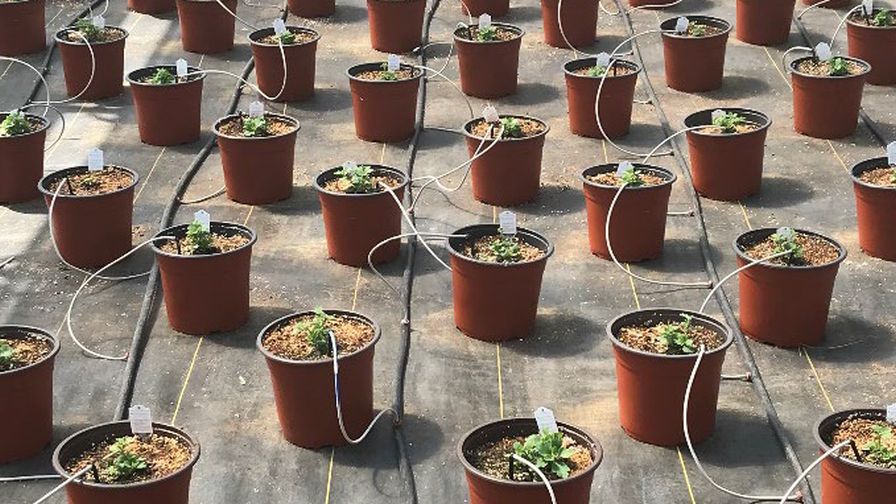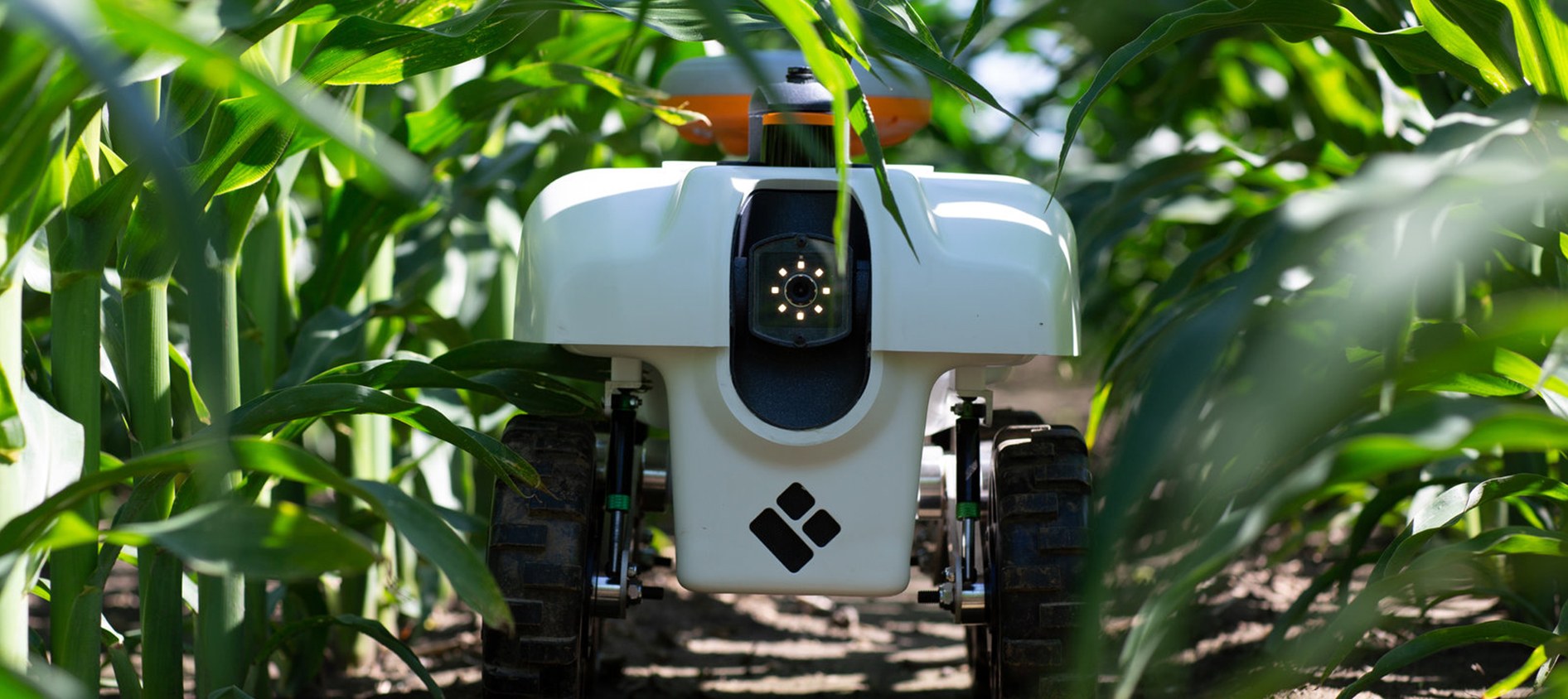Perfecting Emitter Placement for Drip Irrigation of Summer Bedding Plants

As W. Garrett Owen of Ohio State University puts it in a most recent e-Gro alert, “Drip irrigation is an efficient method for delivering water and nutrients during summer bedding plant and garden mum production.” However, the success of drip irrigation heavily relies on the proper placement of an emitter (or stake) that helps provide “uniform irrigation” and “optimal root zone conditions.” Poor arrangement can cause uneven water distribution, which in turn can lead to any number of potential risks, including both “excessive moisture or drought stress within the same container.”
Therefore, Owen has provided several suggestions for setting up the drip irrigation of summing bedding plants and garden mums.
Tips for Drip Irrigation Emitter Placement
Position: Emitters should be placed 2 to 3 inches from the container’s edge and slightly off-center to encourage “even water distribution throughout the root zone.”
Angle: Drip stakes should be angled toward the center of the container to better direct water flow and aid with root establishment.
Adjustments: As the plants grow, the position of the emitter may need to be adjusted to ensure that water reaches the new location(s) of the root system.
Furthermore, Owen says that growers should consider using multiple low-flower emitters per container rather than relying on a single high-flow emitter, as this can help promote and test for even distribution and consistent temperatures throughout.
The Importance of Maintenance Checks
In addition to the above tips, regular maintenance checks should be employed when using a drip irrigation system. Owen suggests looking for “kinked or disconnected lines, clogged or removed emitters, and ensure all connections are tight.” However, beyond regular upkeep issues, container connections should also be inspected for damage from weather and wildlife, such as chewed-through microtubing and dug-up emitters.
Substrate Moisture Monitoring
Owen recommends that these irrigation methods be “based on crop growth and development and weather patterns, rather than following a set schedule.” Ways to check your crop’s moisture levels include manual checks such as dipping a finger into the substrate or using sensors. Fine-tuning the distribution and frequency of your drip irrigation can help protect the plant from pathogens and ensure proper nutrient absorption.
Source: Greenhouse Grower








